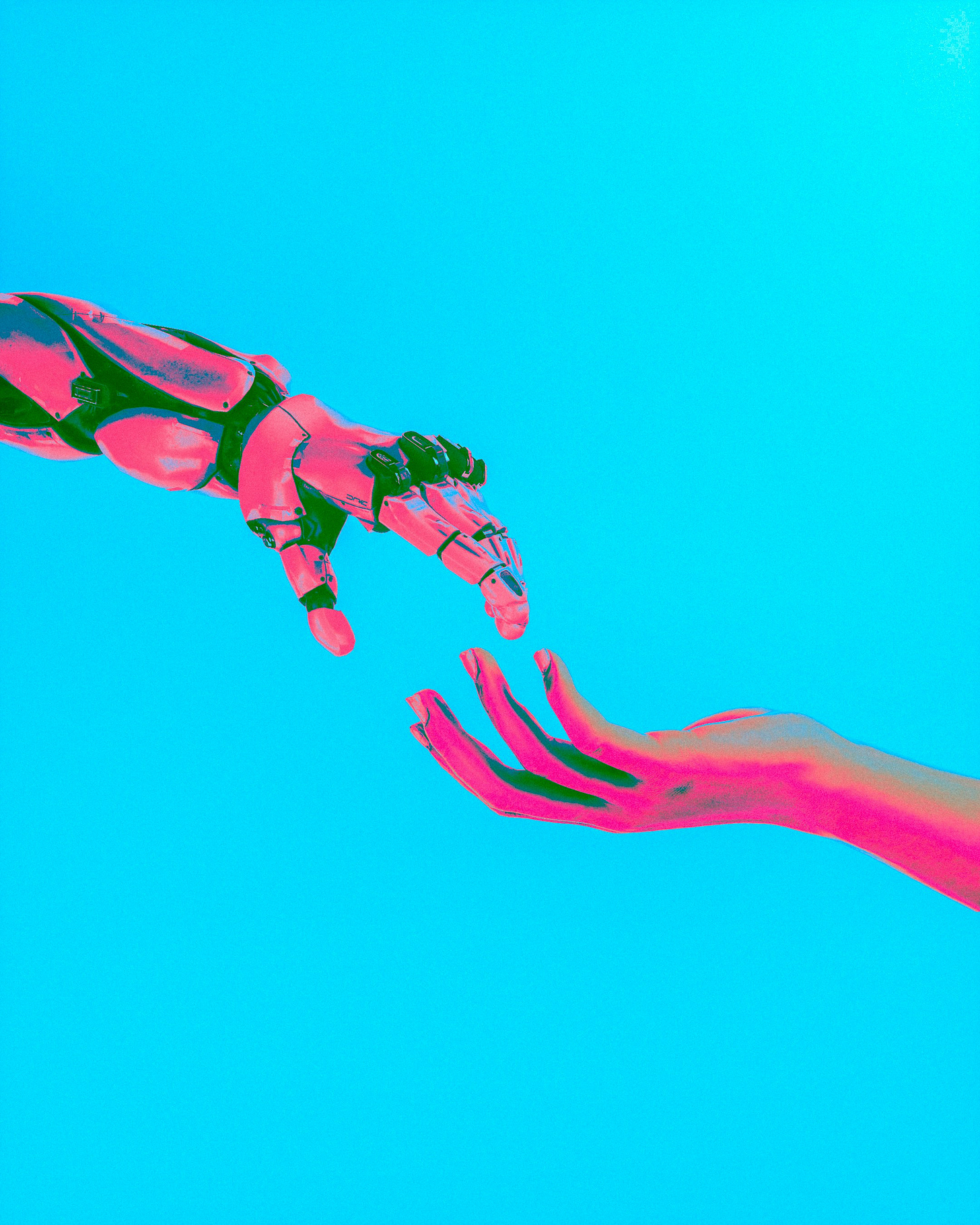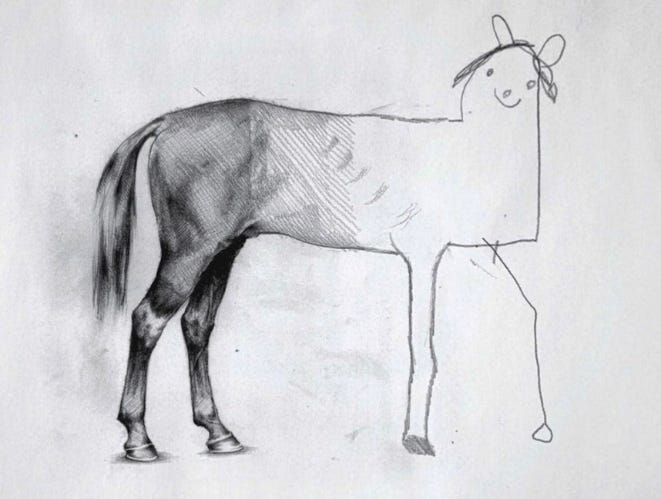AI for people who don't computer good #2
What impacts will AI tools have on white collar work? Who will be affected?
For decades, automation targeted physical labor—factories, warehouses, and assembly lines. But today's AI revolution has a different target: cognitive work. Many professionals who thought their jobs were "automation-proof" are discovering they're in the crosshairs of this technological shift.
A recent whitepaper from Anthropic, an AI research company focused on AI alignment and interpretability, provides unique insight into this transformation. By analyzing how professionals interact with their AI assistant Claude and mapping this against O*NET occupation classifications, they've revealed the first comprehensive look at AI's impact on white-collar work.
Who's Using AI and How
The data shown below tracks the percentage of requests made to Claude, Anthropics widely used AI model, against the industry or occupation that it represents. No surprise here, but Software Development, and Arts and Media make up the most affected industries.
Taking a step back, this data reveals that AI adoption is highest in mid-to-high wage jobs, while both ends of the wage spectrum—very high and very low—show significantly less AI usage. This pattern emerges from the nature of the work itself. Lower-wage jobs (hairdresser, retail store clerk, auto mechanic) often require physical presence that AI can't replicate, while the highest-paid roles (corporate executive, medical researcher) frequently demand high-impact strategic decisions in ambiguous environments. The middle tier of jobs (accountant, receptionist, software developer) feature a mix of low-risk and highly repetitive actions that are ripe for AI to target.
Transformation, not Replacement
Rather than wholesale job replacement, AI is transforming specific tasks that cut across multiple professions. The data shows this transformation takes two forms
Augmentation (57% of usage): AI enhances human capabilities
Software Developers use AI to ask questions and debug code, but decide which code changes to accept or reject.
Creative Writers use AI to generate initial drafts or rapidly prototype changes, but retain creative control during editing phases
Researchers use AI to synthesize large data sets, while validating any insights or surprising trends discovered
Automation (43% of usage): AI completely handles certain tasks
Software Developers use AI to write customer facing documentation for their APIs based on code structure.
A Marketing team uses AI tools to generate product descriptions in the correct company tone and style based on manufacturers specifications
Researchers use AI tools to automatically generate a bibliography and link appropriate citations into a paper they’re writing
This split reveals an emerging "centaur" model of work—where humans and AI collaborate rather than compete.
Creative problem solving
Software development and AI are natural partners, both prioritizing correctness and repeatability in problem-solving. But creative work often intentionally chooses an alternative path, where correctness is more of a ‘“vibe” than a set of rules. Its easy to imagine that this makes creative work immune to AI's influence, but the data suggests otherwise.
ChatGPT and Claude produce high-quality written content in any tone and style
MidJourney generates striking visual images from text
RunwayML generates high FPS video from text or source images
While AI may not fully replace human creatives, it's dramatically reduced the talent required from go from “nothing but an idea” to “releasable first draft”.
What it means for White-Collar Workers
The immediate threat from AI tools isn't mass unemployment—it's a widening productivity gap. AI is making high-skill cognitive work more efficient and scalable, creating a divide between:
Professionals who effectively integrate AI into their workflow
Those who resist or fail to adapt to AI tools
This mirrors previous technological transitions, like the adoption of computers and spreadsheets, but at an accelerated pace. The data suggests that AI isn't eliminating entire professions but rather making certain skills less economically valuable while amplifying the impact of others.
If you are a white-collar worker, here’s the highlights to keep in mind:
1. Task-Level Impact: Focus on which of your daily tasks could be enhanced or automated by AI.
2. Skill Evolution: The most valuable skills are shifting from execution (writing, coding, analyzing) to judgment (deciding what to write, which code to implement, which insights matter).
3. AI Literacy: Just as digital literacy became essential in the 1990s, AI literacy is becoming a crucial professional skill. The cranky dinosaurs who couldn't open a web browser have retired, and the next generation will be those who break into a cold sweat at the mention of an AI prompts.
Looking Ahead
The AI revolution isn't affecting all professions equally, but its impact on cognitive work is profound and accelerating. The data suggests that success in this new landscape won't come from competing with AI but from mastering its use as a tool.
For white-collar professionals, the path forward is clear: understand how AI is changing your field, identify which of your tasks could benefit from AI assistance, and develop the skills to effectively collaborate with these new tools. The future belongs not to those who resist AI, but to those who learn to work alongside it.
This transformation isn't just about technology—it's about adapting to a new way of working. As Anthropic's data shows, the question isn't whether AI will change white-collar work, but how professionals will evolve to thrive in this new environment.



